Pop Culture: Selections from the Frederick R. Weisman Art Foundation
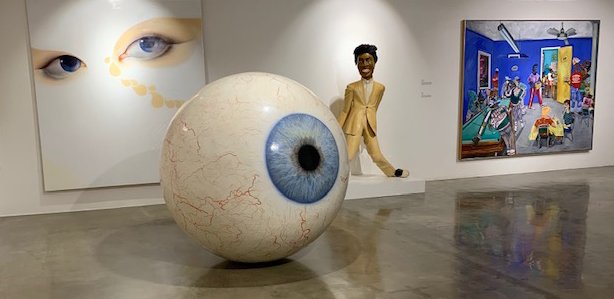
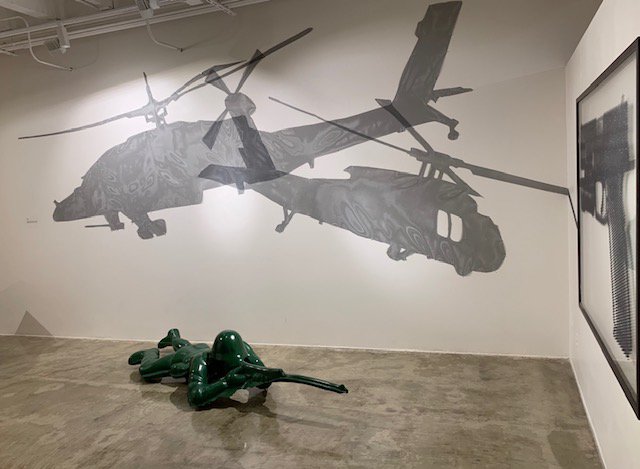
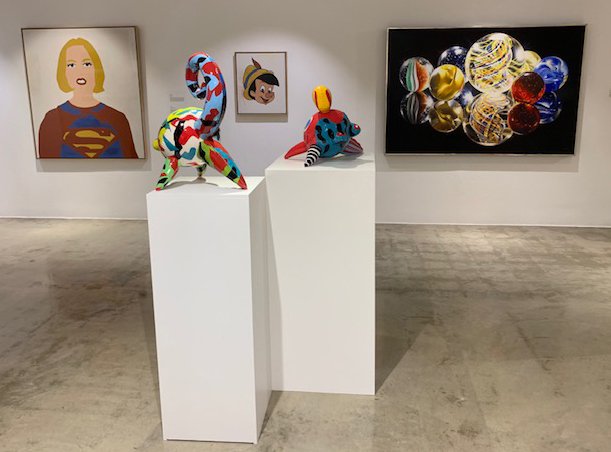

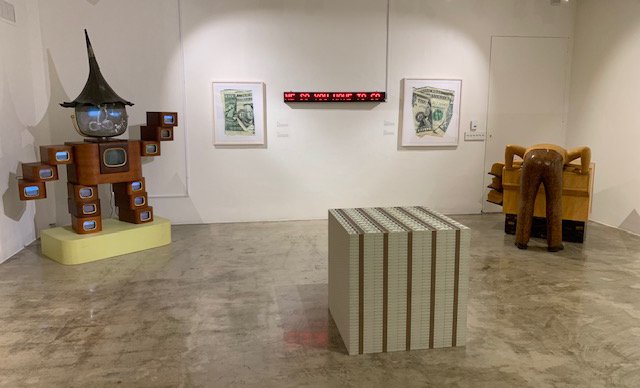
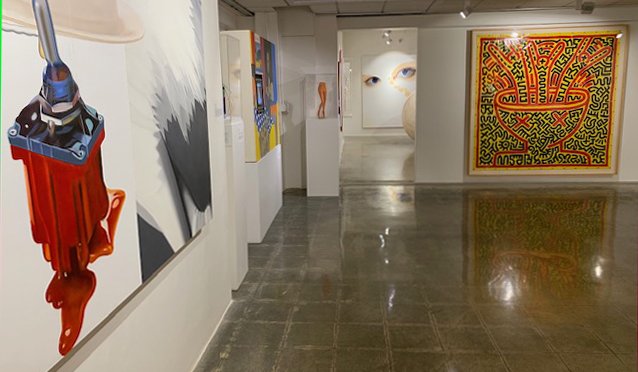
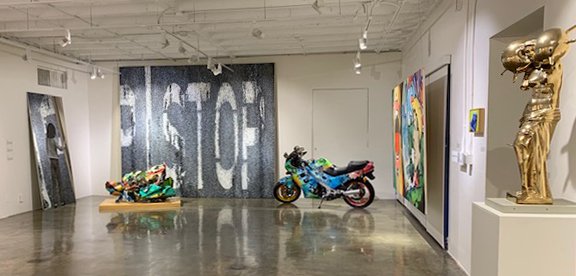
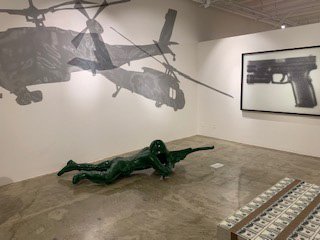
Date: June 1, 2019 – August 2, 2019
Curated By: Billie Milam Weisman
Venue: Ronald H. Silverman Fine Arts Gallery
California State University, Los Angeles
5151 State University Drive, LA CA 90032
(323) 343-4040
art-gallery@calstatela.edu
www.ronaldhsilvermangallery.com
Press: https://www.ronaldhsilvermangallery.com/pop-culture
Exhibited Artists:
Arman, Richard Artschwager, Charles Bell, Blake Boyd, Luisa Caldwell, John Chamberlain, John Matos CRASH, Date Farmers, Daze, Jim Dine, Skylar Fein, Red Grooms, Keith Haring, Carolynn Hayward-Jackson, Jenny Holzer, Vincent James, Pamela Michelle Johnson, Deborah Kass, Yayoi Kusama, L.A. II (Angel Ortiz), Kathleen Loe, Srdjan Loncar, Jean Lowe, Maberry + Walker, Aaron Mcnamee, Blue McRight, Greg Miller, Joel Morrison, Claes Oldenburg, Nam June Paik, Todd Pavlisko, Giancarlo Pazzanese, Michelangelo Pistoletto, José Luis Quiñones, Mel Ramos, Jessica Rath, RETNA, James Rosenquist, Kim Rugg, Paul Rusconi, Richard Sigmund, Michael Speaker, Keung Szeto, Dan Tague, Tony Tasset, Mark Dean Veca, Banks Violette, Andy Warhol, John Waters, Tom Wesselmann, Edward Wicklander, and Yoram Wolberger.
Pop Culture: Selections from the Frederick R. Weisman Art Foundation
When the Pop Art movement first surfaced in the mid 1950s artists sought to challenge traditional conceptions of art-making by incorporating consumer culture and everyday objects into their work. Artists during this period transformed icons associated with mass media, comic books, and popular culture into visual expressions that often reflected a growing societal infatuation with consumerism. When it originated, the Pop art movement sought to ironically emphasize images representing the commonplace or kitschy elements of a given culture. Today, contemporary artists have elaborated on the traditions established by the Pop artists who created an aesthetic style that reflected the changing needs and interests of varying societies. This exhibition merges art that reflects and comments on POPular and unPOPular culture and vernacular of the 1960s to the present with selections curated from the Frederick R. Weisman Art Foundation.
One of the most notable players in the Pop art movement, Andy Warhol, placed images of consumerism, advertising, and entertainment at the forefront of his artistic production. Warhol laid much of the groundwork for his contemporaries by creating repetitive silk screen images of entertainment icons, which became known as one of his signature styles. Similarly to Warhol, Claes Oldenburg draws upon imagery of the banal in his work. However, while Warhol implicitly engages the consumer object in its mass-disseminated original identity, Oldenburg gives it a life of its own, transforming the mundane into the extraordinary. Creating works of varying scales and media, his Typewriter Eraser (now virtually extinct with the emergence of the computer) abandons conventional assumptions about visual demonstration. By employing comparable artistic methods, Srdjan Loncar depicts sculptural representations of pay phones and the ever-changing cell phone, often through the use of unexpected mediums.
The work of many Pop and contemporary artists reflect a commodity-driven throwaway society, sometimes drawing attention to functional objects, or the importance of even the most mundane events illustrating everyday life. In the 1980s Red Grooms chronicled the pleasures and absurdities of ordinary American life illustrating a cross section of American society in works such as The Blue Restaurant, a scene depicting a local pool hall complete with figures wearing casual T-shirts, sneakers, and letterman jackets. In Mae West Visits New England, he humorously captures the personality of an American movie star known for her risqué behavior.
In a parallel sense, the work of Keith Haring incorporates some of the elements of contemporary life. First known for his graffiti-inspired chalk drawings in the subways of New York, he eventually elevated his iconic style by creating paintings on canvas and tarps which were displayed in galleries world-wide. Artist DAZE used motorcycles (as did Keith Haring)—utilitarian objects on which to paint graffiti art, while CRASH spray-painted graffiti images directly onto traditional canvases. Contemporary artist Retna has created his own graffiti language in his work that is comparable to Egyptian hieroglyphics. In a related way, newsstands, bulletin boards, punctuation marks, and other ideas associated with language have been incorporated into the art of Keung Szeto and Richard Artschwager. These works illuminate the ways in which commercialism is articulated through language, technology, and the public domain as a whole.
Throughout the history of the Pop Art movement, and extending into the present moment, cartoon, game, and comic book idols like Pinocchio, Supergirl, Spiderman, and Pennybags from the Monopoly board game have been utilized in the work of artists such as Blake Boyd, Greg Miller, and Mark Dean Veca, who seek to display popular culture icons as the subjects of artworks. Date Farmers, Greg Miller, and José Quiñones use junk food and beverage advertising imagery in their work to align consumer culture with artistic production.
The works on view demonstrate conceptions of Pop Art as they emerged in the 1950s and 60s, as well as the ways that contemporary artists today have extended and elaborated upon both POPular and unPOPular visual representations of mass culture, consumerism and the political climate. Pop artists and their successors abandoned the traditions of high art in favor of creating work that is based on the conventionalized imagery of commercial graphics. This exhibition illustrates how the Pop Art movement’s extensive history has influenced artistic production in our present cultural moment.
